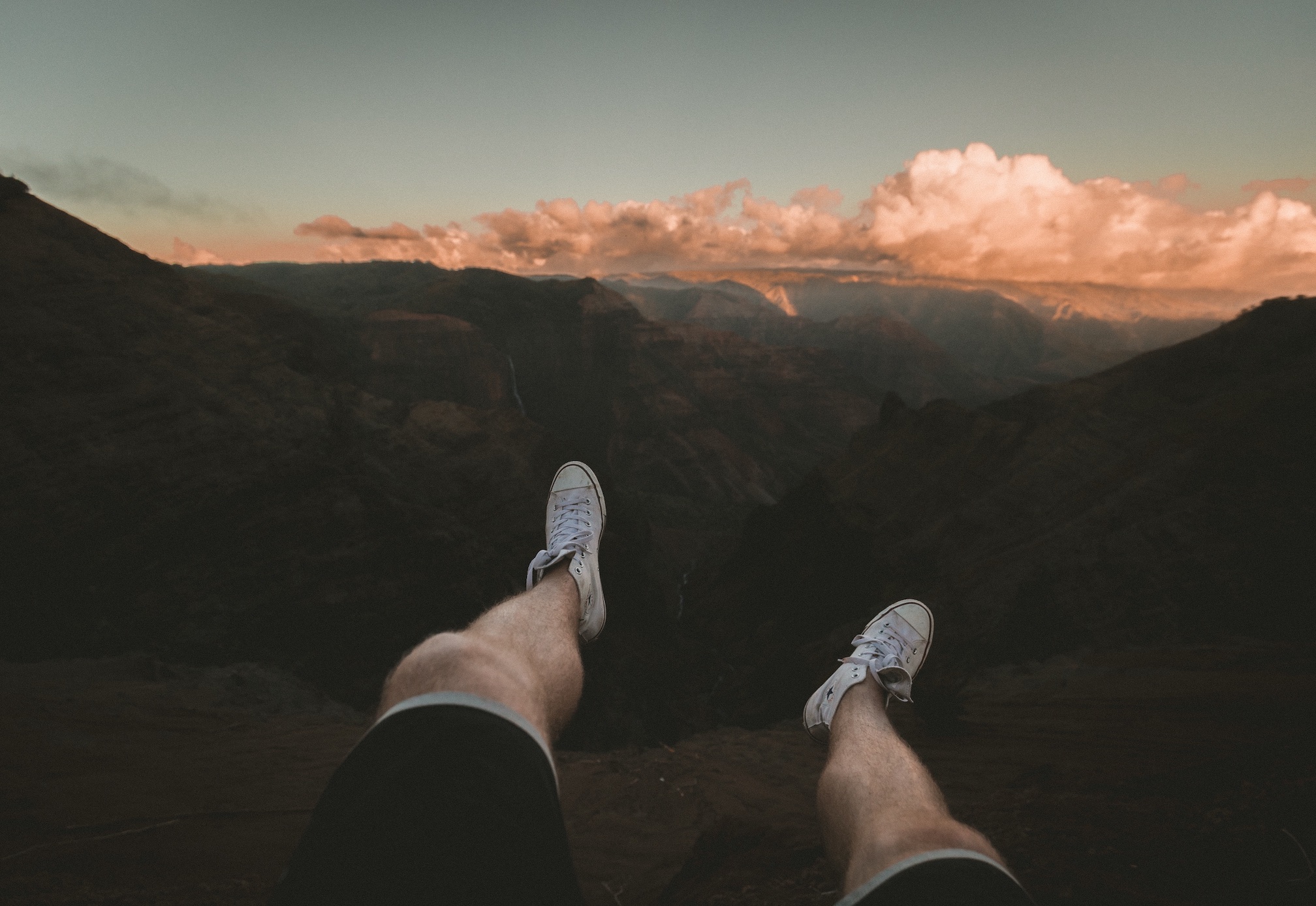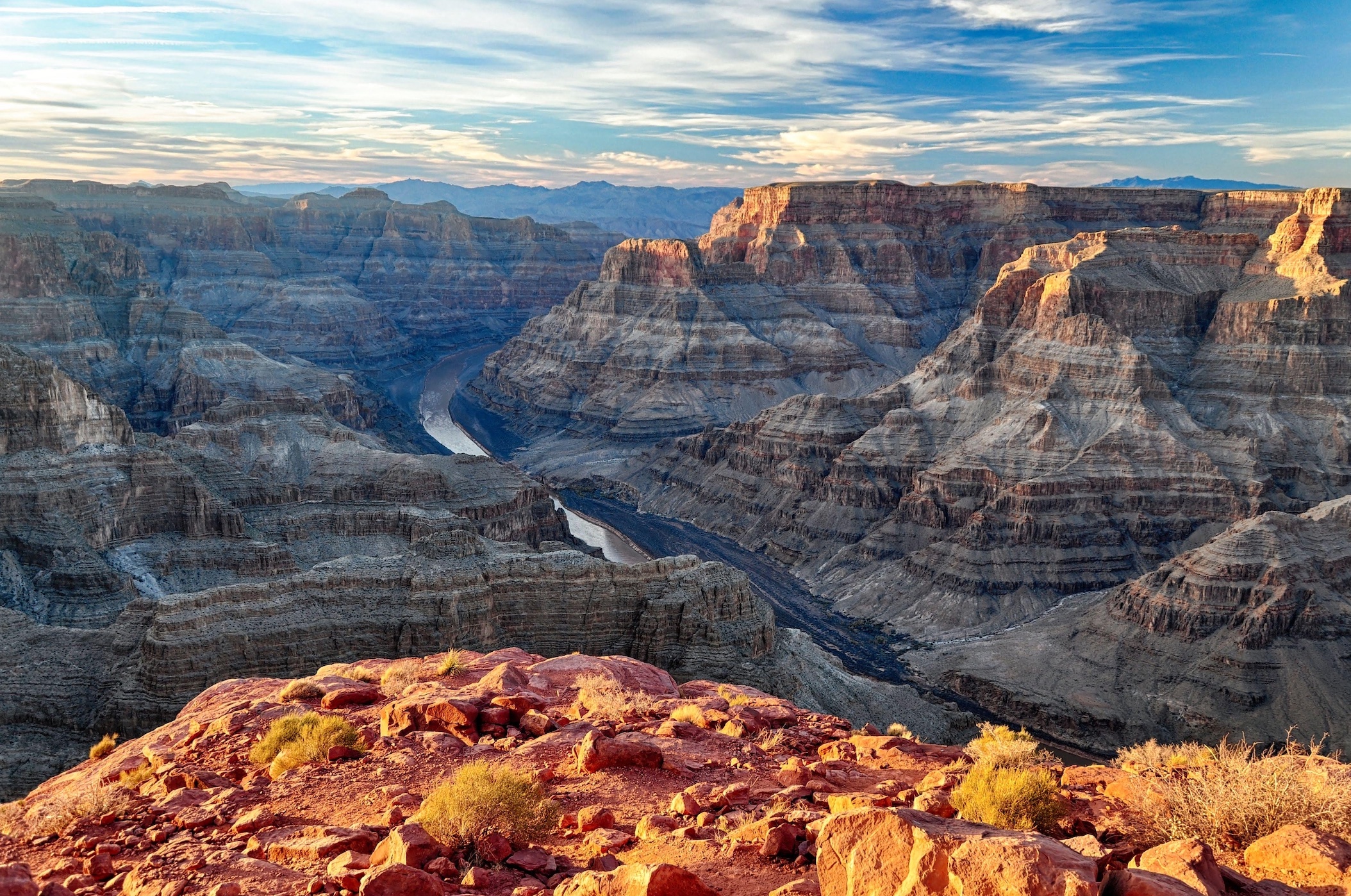As a U.S. national park, the Grand Canyon holds a responsibility to prioritize visitor safety through adequate measures, maintenance, and educational campaigns. Visitors, on their part, must also be mindful of their own safety and adhere to park guidelines.
The Grand Canyon, a majestic natural wonder located in Arizona, attracts millions of visitors from around the world each year. Its breathtaking views and awe-inspiring landscapes make it a popular destination for nature enthusiasts, adventurers, and families. However, amidst the beauty and grandeur lies a sobering reality: accidents happen, sometimes resulting in tragic outcomes. In the aftermath of such incidents, the question arises: Who is liable?
Liability is an important concept that determines who is responsible for an event or situation. In the context of accidents at the Grand Canyon, liability plays a crucial role in establishing accountability and seeking justice. There are various types of liability, including negligence, premises liability, and more, each with its own set of legal considerations.
The Grand Canyon’s Responsibility
As a national park, the Grand Canyon has a responsibility to ensure the safety and well-being of its visitors. With its vast size and diverse terrain, maintaining a high standard of safety is paramount. The park authorities have a duty of care towards visitors, which includes implementing and enforcing measures to minimize risks and hazards.
To fulfill this duty, the Grand Canyon employs park rangers, conducts regular maintenance of trails and facilities, and provides informational signage to guide visitors. These efforts aim to create a safe environment and prevent accidents to the best of their ability.
Potential Factors Contributing to the Incident
When incidents occur at the Grand Canyon, it is essential to examine the potential factors that might have contributed to them. Factors such as extreme weather, a lack of signage, overcrowding, or insufficient crowd management measures could have played a role in the incident. It is important to consider all these factors to understand the circumstances surrounding the tragedy and determine potential liability.
Investigations and Findings
Following any serious incident, thorough investigations are conducted to uncover the causes and gather evidence. In the case of a deadly accident at the Grand Canyon, these investigations are crucial in determining whether negligence caused the accident. Expert teams, including park officials, law enforcement, and other relevant authorities, examine the incident from multiple angles.
The findings of these investigations provide valuable insights into the events leading up to the incident, potential lapses in safety protocols, and any contributing factors that might have affected the outcome. Based on these findings, conclusions are drawn, which can help determine liability and inform future safety measures.
Legal Implications and Cases
When accidents result in injury or loss of life, legal proceedings often follow. In the context of the Grand Canyon, lawsuits may be filed against the park, seeking compensation for damages and holding them accountable for any negligence or lack of adequate safety measures.
Courts play a crucial role in assessing liability and determining the extent of responsibility for the incident. The outcomes of these cases can vary, with some resulting in settlements and others going through a full trial. The legal process helps establish a framework for accountability and encourages the implementation of safety measures.
Shared Responsibility and Visitor Awareness

While the Grand Canyon holds a significant responsibility for visitor safety, it is important to recognize the concept of shared responsibility. Visitors also have a role to play in ensuring their own well-being while exploring the park’s beauty.
Visitor awareness and adherence to safety guidelines are essential. It is crucial for visitors to educate themselves about potential risks, follow park rules and regulations, and exercise caution during their visit. By being mindful of their own safety and the safety of others, visitors can contribute to a more secure environment at the Grand Canyon.
Lessons Learned and Safety Measures
In the wake of any tragic incident, it becomes imperative to learn from the past and implement measures to prevent similar incidents in the future. The Grand Canyon authorities, in collaboration with experts and stakeholders, evaluate the circumstances surrounding the incident and identify areas where safety protocols can be improved.
Enhanced signage, increased ranger presence, improved trail maintenance, and educational campaigns are just a few examples of safety measures that can be implemented. These measures aim to create a safer and more informed environment for visitors, reducing the likelihood of accidents and injuries.
Industry Standards and Best Practices
The Grand Canyon is not alone in its efforts to ensure visitor safety. There are industry standards and best practices that exist to guide parks and other outdoor recreational areas in implementing effective safety protocols. Comparisons can be made between the Grand Canyon’s practices and these established standards to identify areas for improvement and align with the best practices in the industry. By striving to meet or exceed these standards, the Grand Canyon can enhance its safety measures and further prioritize the well-being of its visitors.
Final Thoughts
In the aftermath of any tragic incident, the question of liability arises. Determining who is accountable for such accidents is a complex process that involves investigations, legal proceedings, and a comprehensive understanding of shared responsibility.
As a U.S. national park, the Grand Canyon holds a responsibility to prioritize visitor safety through adequate measures, maintenance, and educational campaigns. Visitors, on their part, must also be mindful of their own safety and adhere to park guidelines.
Learning from incidents and implementing necessary changes are crucial for preventing future accidents. By continuously evaluating and improving safety protocols, the Grand Canyon can strive to provide visitors with a safer and more enjoyable experience.


Join the conversation!